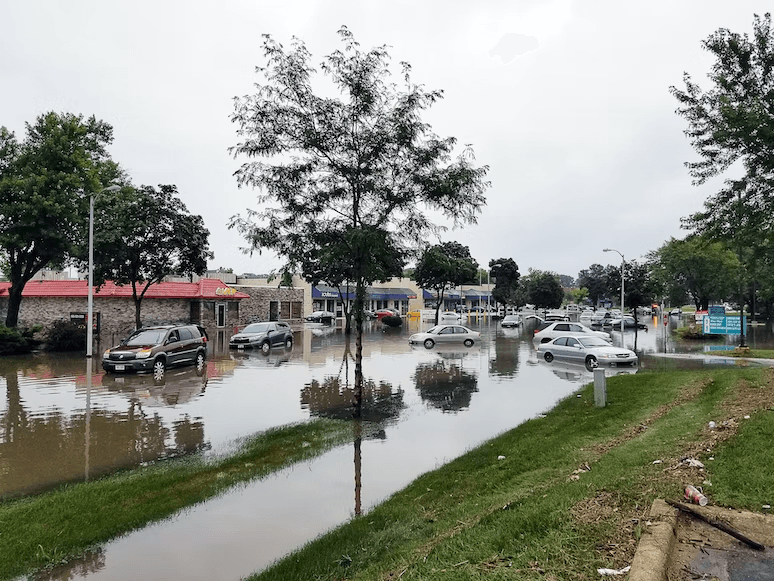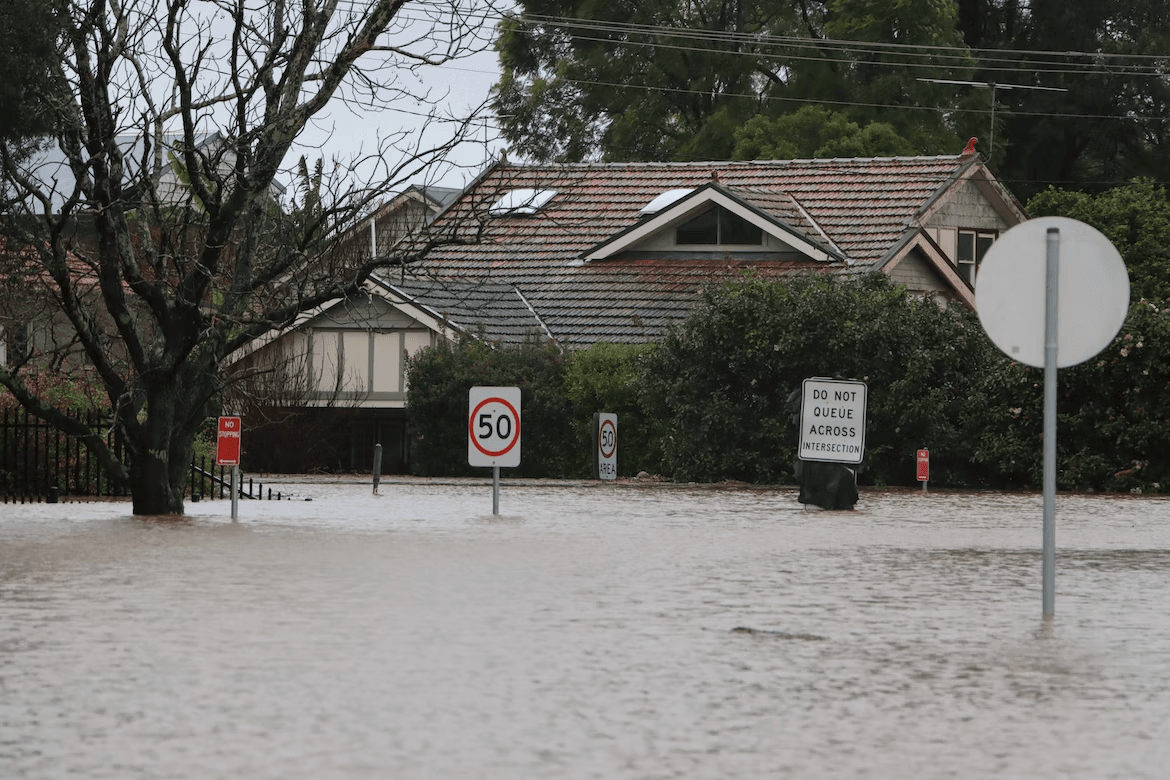What to do When Your House is Flooding
When your house is flooding, it can be tempting to start shoveling water out the front door or making trips to the basement with towels and mops. However, this might not always be the best course of action. Here's what you should do:
-
Check the water level in your home and ensure it's not rising. If it is, evacuate immediately! A flooded home can be hazardous due to potential power loss, gas service disruption, or sewage backup.
-
Shut off all electrical power in your house if flooding has occurred from above-ground sources. Also, turn off any gas appliances or pilot lights if flooding has occurred due to broken pipes underground.
-
If flooding occurs due to rainwater alone, remove wet items and place them in a clean area as soon as possible.
Related: Busted Water Pipes: What to Do Next?
Why Floods are Dangerous
Floods can cause various serious problems, including death, injury, loss of valuables and personal belongings, financial burdens due to loss of employment, and more. Here's why they are dangerous:
Flood Water is Dangerous
Flood water carries everything it touches, including bodily fluids, bacteria, parasites, insects, dirt, and other contaminants. It can also contain chemicals used in agriculture or as cleaning products. Even if it looks clear and clean, it's not safe to drink or use for other activities like bathing or laundry.
Electrical Shocks are Possible
Water and electricity are a bad combination and can lead to severe injury or death. Flood water can interact with wires, causing electric shocks that send powerful jolts of electricity through your body.
Drowning is a Risk
When the water rises, it's essential to know how to stay safe. If you're in a flooded area, ensure you know what's happening around you and stay clear of any fast-moving waters.
First Step: Double-Check if You Can Go Home Safely

Once you're safe, double-check whether or not your home is safe to navigate. If the water is too high to get around, don't try to go back. If it's just a few inches of water, or if you know there's an elevated area you can walk on and avoid the worst, you'll have to make that call yourself.
Some questions about your home can’t wait. Get the answers you need from an expert handyperson now!
Second Step: Document as Much Damage as Possible
When you're in the middle of a flood, it's important to document as much damage as possible. Take photos of all the damage and keep them organized so that all your bases are covered when it comes time to file an insurance claim.
Related: Tips to keep house cool in summer
Third Step: Talk With Your Insurance Company
Floods are expensive, but homeowner's and renter's insurance doesn't always cover them. That's why you must talk with your insurance company before a flood happens to ensure you have the right coverage in place.
Fourth Step: Ask For Help with Flood Clean-Up
Flood damage can be devastating; understandably, you want to clean up the mess as soon as possible. But when it comes to flood cleanup, professional help is best. The experts at Mavyn will take care of everything from start to finish—from cleaning out your basement to disposing of hazardous materials.
Fifth Step: Throw Out Damaged Furniture

When your home has been flooded or otherwise damaged by water, it can be hard to tell what items are salvageable and which ones should be thrown away. Throw out items that have been soaked with water for more than 24 hours as they cannot be salvaged.
Related: Why is My Water Pressure Low?
Bottom Line
Hopefully, now that you're armed with some valuable tips to handle a flooding disaster, you will be able to deal with such emergencies more effectively in the future. Remember that while it seems too late once it starts pouring, the best thing you can do is act quickly to protect your home and belongings by following these steps.
Trying to DIY a home fix or wondering if you need to call in an expert? The Experts at Mavyn can help you make the right decision right from your phone or computer. Chat with an expert now!
